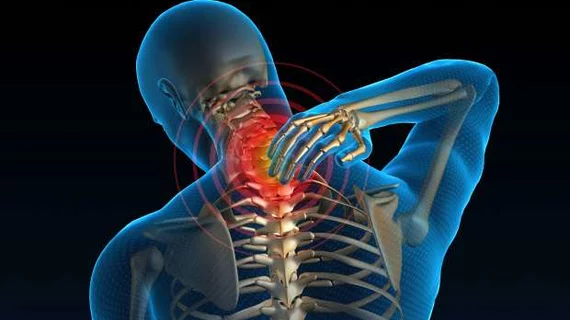Widespread pain puts patients at a 29% higher risk of stroke
People who experience widespread pain face a heightened risk of stroke, according to new research published in Regional Anesthesia & Pain Medicine.
Researchers analyzed 2,464 people from the Framingham Heart Study who were evaluated from 1990 to 1994. All participants underwent comprehensive physical exams, laboratory tests and pain assessments.
The cohort was separated into three groups: people in widespread pain, people presenting with pain in one or more joints and people who were in no pain at all. Widespread pain was defined, based on American College of Rheumatology criteria, as "pain above and below the waist, on both sides of the body, the skull, backbone and ribs."
Participants were then monitored for early signs of stroke, cognitive decline or clinical dementia.
A total of 139 patients went on to have a stroke during the monitoring period. Thirty-one (22%) of those patients were in the widespread pain group. When taking into consideration influential factors such as hypertension, diabetes, weight, diet, and lifestyle, participants with widespread pain were 29% more likely to have a stroke than those who do not experience widespread pain.
Among patients over the age of 65, widespread pain was associated with a 54% higher risk of stroke.
The study authors also found a link between widespread pain and dementia, including Alzheimer’s disease. In the study population, 188 participants were diagnosed with dementia during the monitoring period. Fifty (27%) of those participants were in widespread pain group.
"Clinicians should be made aware of these associations and seek earlier diagnosis to provide timely therapies for better outcomes," wrote lead author Kanran Wang, MD, PhD, First Affiliated Hospital of Chongqing Medical University in China, and colleagues. "Future larger-scale and longitudinal research would be needed to confirm our observations or results and to investigate the mechanisms underlying the reported associations."
Read the full study here.
